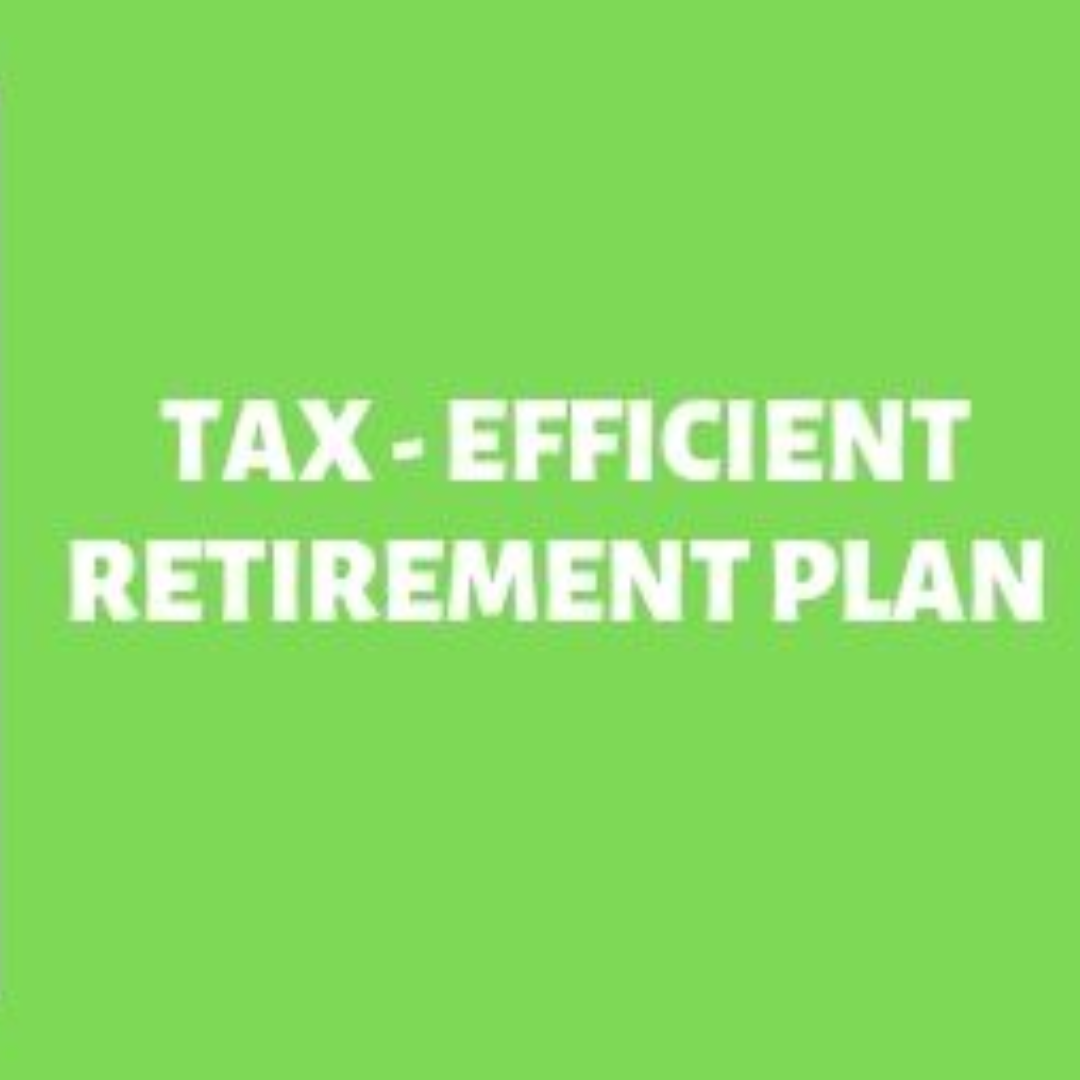Don't have an account?
Login to EaseMyDeal

2024-01-29
204
In the realm of retirement planning, achieving tax efficiency is a crucial aspect that demands a strategic and well-thought-out approach. Here are several key considerations to navigate the intricate landscape of tax-efficient retirement:
1. Diversification of Tax Buckets:
Optimize your tax diversification by maintaining a balance between tax-deferred, tax-free, and taxable accounts. This approach allows flexibility in managing withdrawals and minimizes the impact of tax changes on your overall income.
2. Strategic Withdrawal Planning:
Analyze your income needs and potential tax brackets to strategically plan withdrawals. Timing and amount of withdrawals can significantly impact the taxes you pay. Consider tapping into tax-advantaged accounts first, allowing taxable accounts to grow further.
3. Roth Conversions:
Assess the benefits of Roth conversions during periods of lower income or market downturns. Converting traditional retirement accounts to Roth IRAs can provide tax-free withdrawals in retirement, albeit at the cost of paying taxes on the converted amount upfront.
4. Consideration of Social Security Timing:
Evaluate the optimal time to start receiving Social Security benefits. Delaying benefits can lead to higher payouts, potentially placing you in a lower tax bracket during the earlier years of retirement.
5. Tax-Efficient Investment Allocation:
Strategically allocate investments across accounts based on their tax efficiency. Place tax-inefficient assets in tax-advantaged accounts, while holding tax-efficient assets in taxable accounts to minimize annual tax liabilities.
6. Health Savings Accounts (HSAs):
Leverage Health Savings Accounts (HSAs) for their triple tax advantage – contributions are tax-deductible, earnings grow tax-free, and withdrawals for qualified medical expenses are tax-free. If possible, fund and let the HSA grow for use in retirement.
7. Tax-Efficient Fund Selection:
Choose investments with a focus on tax efficiency. Low turnover, index funds, or tax-managed funds can minimize capital gains distributions, reducing tax consequences in taxable investment accounts.
8. Required Minimum Distributions (RMDs) Planning:
Be mindful of RMDs once you reach the age where withdrawals are mandated. Plan ahead to ensure that RMDs do not push you into a higher tax bracket and explore opportunities to minimize their impact.
9. Tax Harvesting:
Implement tax-loss harvesting strategies to offset capital gains and potentially reduce taxable income. This proactive approach can enhance overall portfolio efficiency.
10. Regular Review and Adaptation:
Periodically review your retirement plan, taking into account changes in tax laws, personal circumstances, and financial markets. A dynamic, adaptable strategy is key to maintaining tax efficiency over the long term.
In conclusion, a tax-efficient retirement plan requires a meticulous and dynamic approach. Regularly reassess your financial landscape, staying informed about tax laws, and consult with financial professionals to ensure your strategy aligns with your evolving needs and the ever-changing tax environment.

Write A Comment